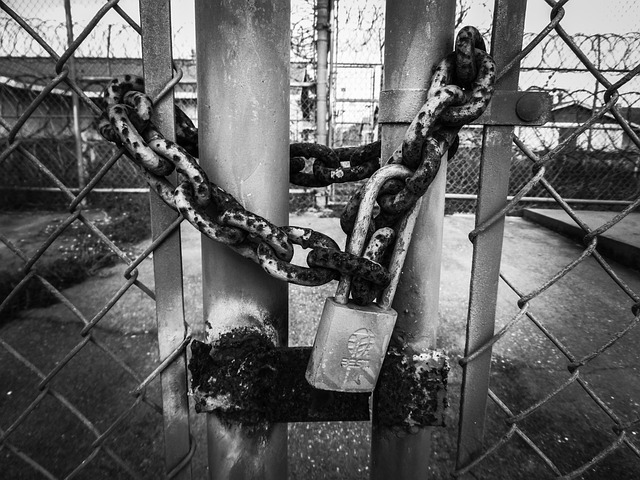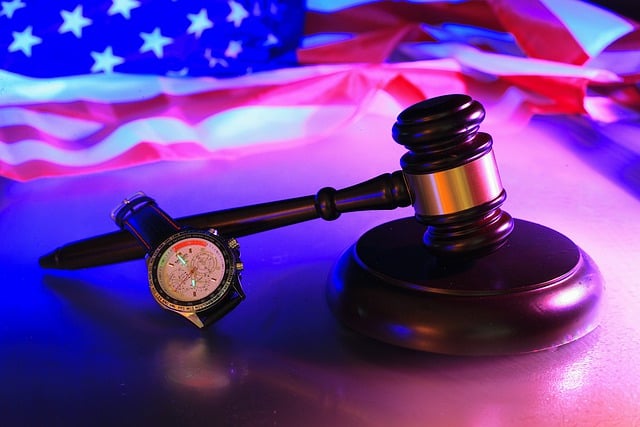Breath Alcohol Testing (BAL) is a critical tool for managing risks associated with alcohol in DUI cases, especially regarding Property Damage Liability. This scientific method measures alcohol content in exhaled breath, providing essential data for legal, medical, and safety applications. Accurate BAL testing is vital to determine liability, compensate victims, and ensure fair settlements or verdicts. Best practices, including proper training, protocols, calibration, and quality control, are necessary to minimize errors and maximize accuracy in BAL test results for Property Damage Liability assessments in DUIs.
“In the realm of legal proceedings, especially DUI cases, Breath Alcohol Level (BAL) testing plays a pivotal role. This comprehensive article delves into the intricacies of BAL testing, highlighting its significance and the challenges inherent in achieving accurate results. We explore the critical aspect of property damage liability in DUI cases, where reliable BAL test outcomes are paramount. By examining best practices and presenting compelling case studies, we underscore the impact of precise BAL testing on legal strategies and case resolutions.”
- Understanding BAL Testing: A Comprehensive Overview
- The Role of Property Damage Liability in DUI Cases
- Challenges in Achieving Accurate Results with BAL Testing
- Best Practices for Ensuring Reliable BAL Test Outcomes
- Case Studies: When Accurate BAL Testing Makes a Difference
Understanding BAL Testing: A Comprehensive Overview

BAL testing, or Breath Alcohol Testing, is a critical component of managing and mitigating risks associated with alcohol consumption, especially in high-risk scenarios like Property Damage Liability in DUIs. This scientific process measures the amount of alcohol present in an individual’s breath, providing essential data for legal, medical, and safety purposes. By analyzing exhaled breath, BAL tests offer a non-invasive way to gauge blood alcohol concentration (BAC), which is crucial for accurately determining intoxication levels.
Comprehensive oversight of BAL testing involves understanding its technical aspects, including the equipment used, test procedures, and data interpretation. This ensures that results are reliable and admissible in legal settings, playing a pivotal role in decisions related to Property Damage Liability in DUIs. Accurate BAL testing not only aids in law enforcement but also contributes to effective risk management strategies for individuals and institutions facing alcohol-related challenges.
The Role of Property Damage Liability in DUI Cases

In DUI cases, the concept of property damage liability is a critical aspect that often demands meticulous attention. When an individual operates a vehicle while under the influence, the potential for causing property damage increases significantly. This liability refers to the legal responsibility to compensate for any harm or loss resulted from one’s actions behind the wheel. In the context of a DUI, it becomes imperative to assess whether the driver’s impaired state was a direct contributor to any property damage that may have occurred during an incident.
Accurate BAL (Blood Alcohol Level) testing is pivotal in determining this liability as it provides concrete evidence of the driver’s intoxication level at the time of the incident. By analyzing the BAC, legal professionals and insurance companies can better understand the extent of impairment and its role in any resulting property damage. This data is instrumental in reaching fair settlements or verdicts, ensuring that those affected by DUI incidents receive adequate compensation for their losses.
Challenges in Achieving Accurate Results with BAL Testing

Accurately assessing and quantifying property damage in DUI cases presents a unique set of challenges, especially when relying on Bal (Breakage Analysis Level) testing. One significant hurdle is ensuring that the test results accurately reflect the extent of the property damage, which can be influenced by various factors. The process demands meticulous attention to detail, as even subtle variations in testing conditions or procedures can lead to discrepancies in outcomes.
Furthermore, BAL testing requires a deep understanding of the technology and its limitations. Variables such as sample preparation, environmental conditions, and instrument calibration must be consistently controlled to guarantee reliable results. In DUI cases, where property damage liability is a critical component, achieving consistent and accurate BAL test outcomes becomes even more crucial.
Best Practices for Ensuring Reliable BAL Test Outcomes

To ensure reliable Bal (or BAL) test outcomes, several best practices should be implemented to minimize errors and maximize accuracy. First and foremost, proper training is paramount. All personnel involved in conducting BAL tests should undergo comprehensive training to understand the nuances of the process, including the correct usage of equipment and interpretation of results. Standardized protocols must be strictly followed to maintain consistency across all tests. This includes using calibrated instruments, maintaining a controlled testing environment, and adhering to specified sample handling procedures.
Another crucial aspect is regular equipment calibration and maintenance. Given that BAL tests rely heavily on precise measurements, it’s essential to ensure the accuracy of measuring devices by calibrating them periodically. Additionally, proper quality control measures should be in place to verify test results. This involves running periodic checks using known reference standards to validate the system’s performance and identify any potential deviations. By adhering to these best practices, the risk of inaccurate Property Damage Liability (PDL) in DUI cases can be significantly reduced, leading to more reliable and credible test outcomes.
Case Studies: When Accurate BAL Testing Makes a Difference

In many legal scenarios, accurate BAL (Blood Alcohol Level) testing results can be a matter of life and death. Case studies illustrate this point perfectly when it comes to Property Damage Liability in DUIs. When a driver is accused of driving under the influence, precise BAL tests are crucial in determining culpability and sentencing.
Imagine a scenario where a vehicle collides with significant property damage but no personal injuries. Accurate BAL testing can help establish whether the driver was legally responsible for their actions. If the test results show that the driver was above the legal limit, it strengthens the case for Property Damage Liability. Conversely, precise testing can also exonerate individuals wrongly accused, ensuring fairness in the legal process.
Accurate Bal (Breath Alcohol) testing is paramount, especially in cases involving Property Damage Liability for DUI offenses. As highlighted through best practices and case studies, reliable test outcomes can significantly impact legal proceedings. By understanding the challenges and adhering to rigorous standards, professionals can ensure these tests provide unbiased results, ultimately fostering a fair and just system for all parties involved.






